Germany has a well-developed and efficient transportation system that plays a crucial role in supporting the country’s economic activities. The principal transportation modes in Germany include:
- Road Transport:
- Autobahnen (Motorways): Germany is renowned for its extensive autobahn network, which is famous for sections without speed limits. These high-speed highways connect major cities and regions across the country.
- Federal Roads (Bundesstraßen): These roads complement the autobahn network, linking smaller towns and regions.
- Rail Transport:
- Deutsche Bahn (DB): The German railway system is operated by Deutsche Bahn, a state-owned company. The network is highly efficient and connects cities, towns, and rural areas. High-speed trains such as the ICE (InterCityExpress) provide rapid connections between major cities.
- S-Bahn: The suburban railway system, known as the S-Bahn, serves metropolitan areas, providing efficient transportation within cities and their surrounding regions.
- Air Transport:
- Airports: Germany has several major international airports, including Frankfurt Airport, Munich Airport, and Berlin Brandenburg Airport. These airports play a vital role in connecting Germany to destinations worldwide.
- Airlines: Lufthansa, the flagship carrier, is one of the largest and most prominent German airlines.
- Public Transportation:
- Local Transport: Cities across Germany have well-developed public transportation systems, including buses, trams, and metro systems. These systems provide convenient and efficient means of commuting within urban areas.
- Cycling: Germany has an extensive network of cycling paths and lanes, promoting eco-friendly and healthy transportation options.
- Water Transport:
- Inland Waterways: Germany has an extensive network of navigable rivers and canals, allowing for the transportation of goods via inland waterways. The Rhine and Danube rivers are particularly important for freight transport.
- Ports: Major seaports like Hamburg and Bremerhaven facilitate maritime trade and transport.
- Pipeline Transport:
- Oil and Gas Pipelines: Germany has a network of pipelines for the transportation of oil and gas, supporting the country’s energy infrastructure.
Germany’s transportation system is known for its punctuality, reliability, and integration between different modes of transportation. The country’s commitment to sustainability is reflected in its emphasis on public transportation, cycling infrastructure, and environmentally friendly initiatives in the transport sector.

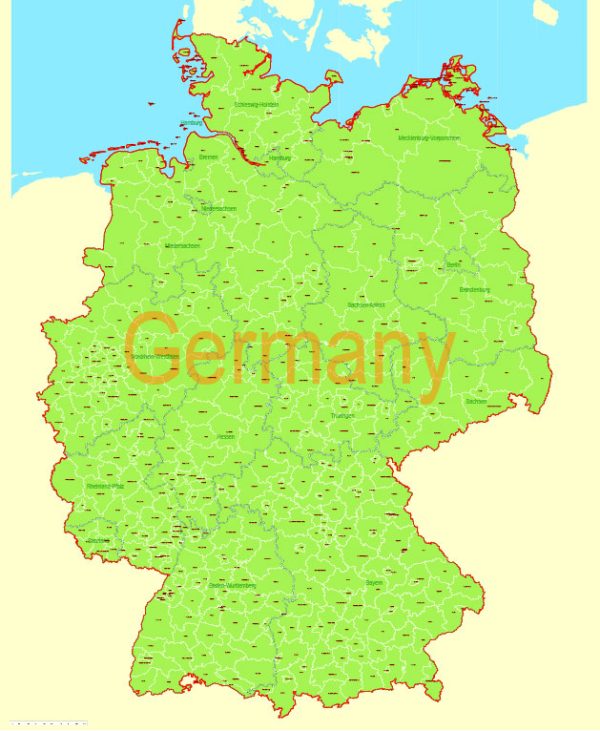
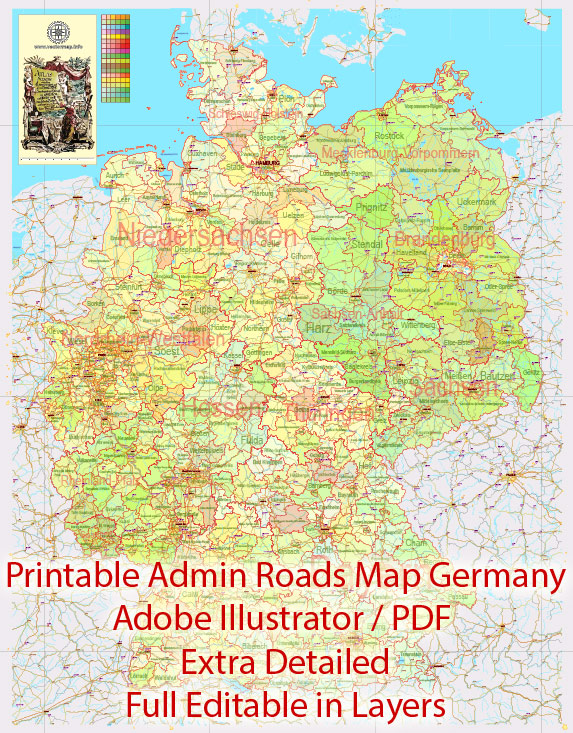
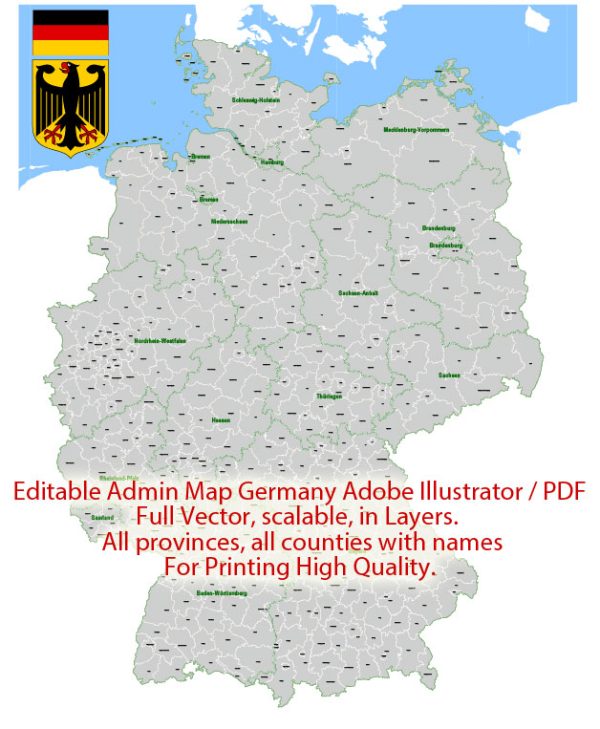
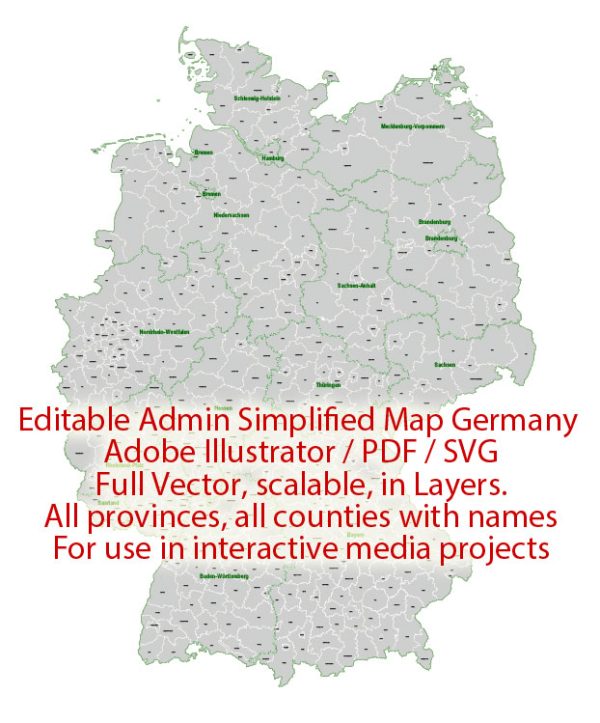
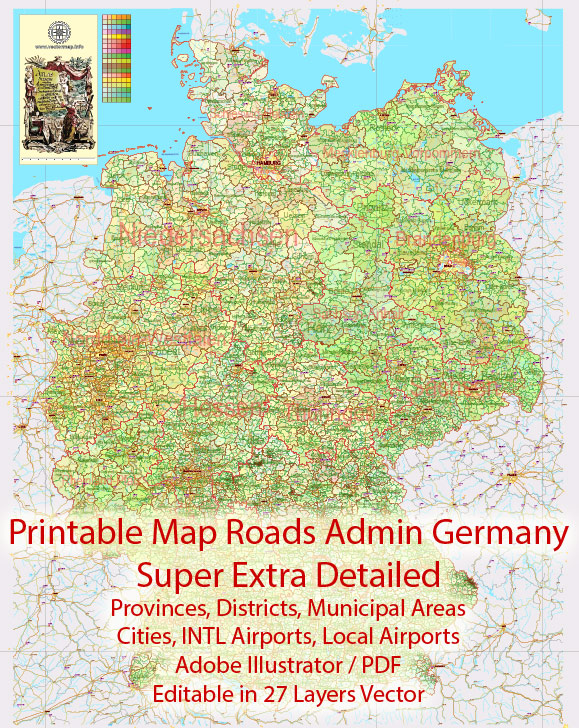
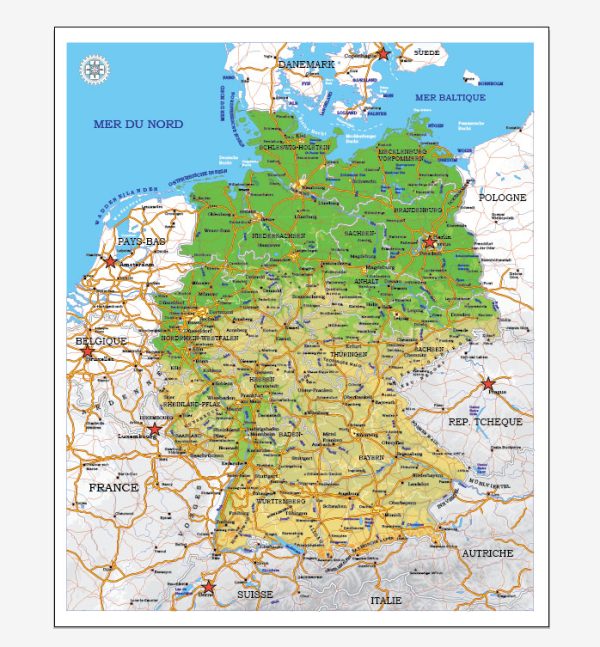
 Author: Kirill Shrayber, Ph.D.
Author: Kirill Shrayber, Ph.D.